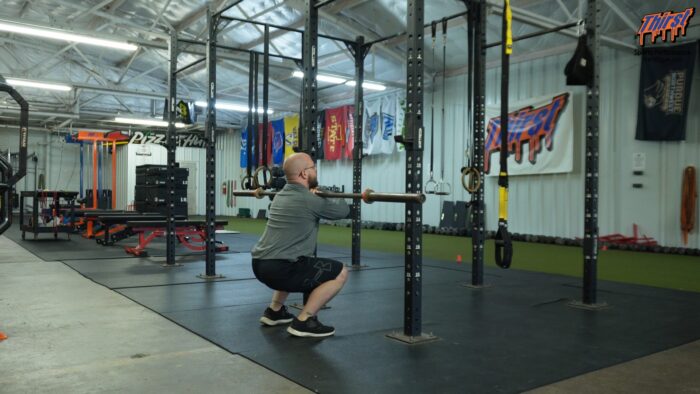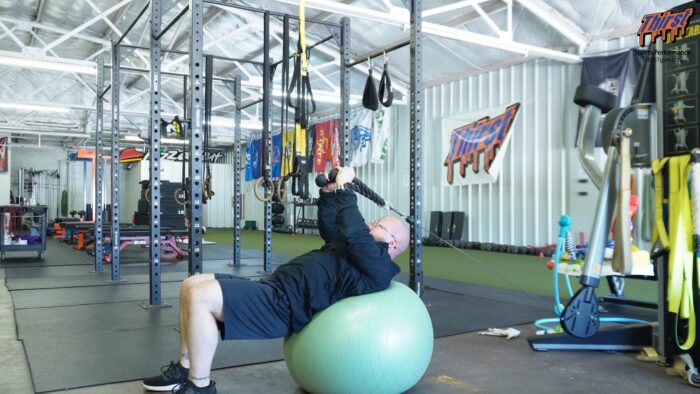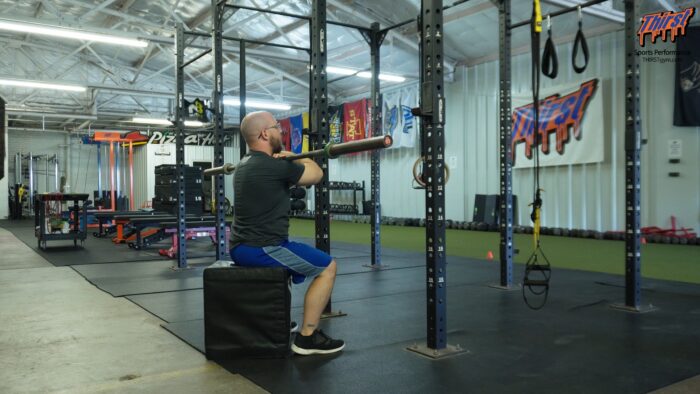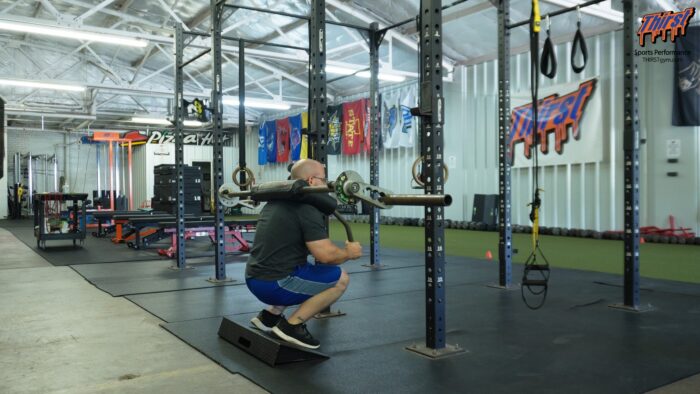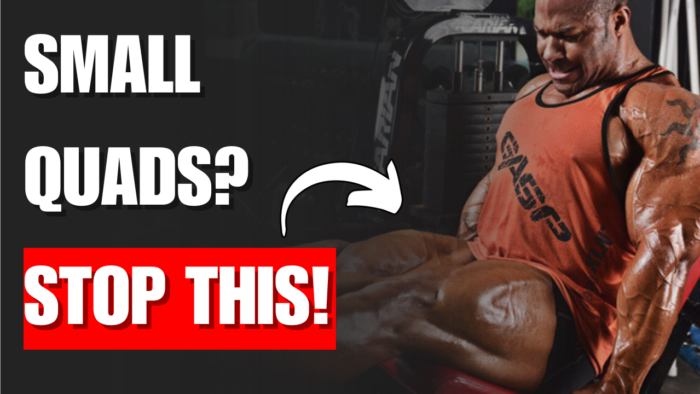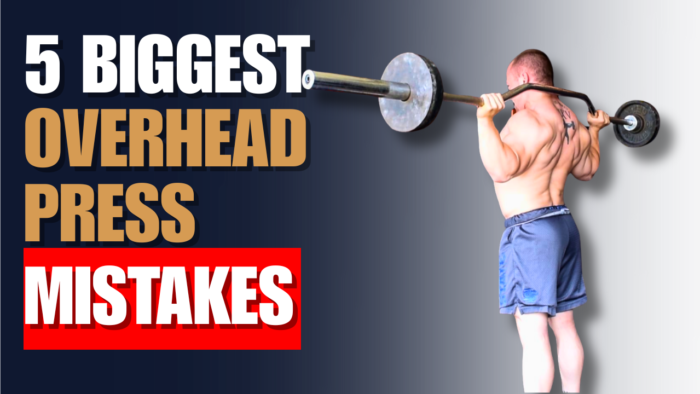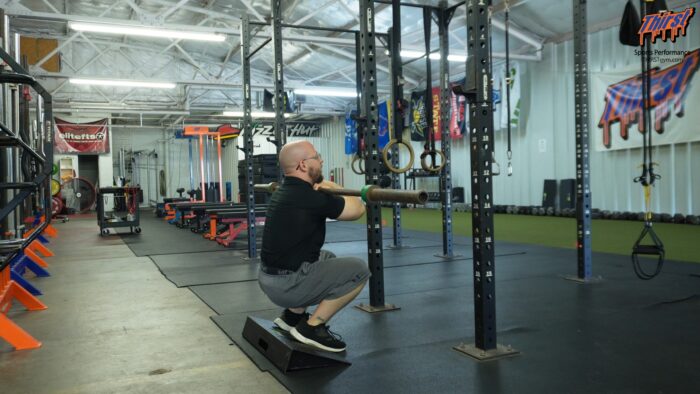Front Rack Pause Squat
The front rack pause squat builds exceptional strength and control in the bottom position of your squat while improving mobility and reinforcing proper mechanics. This powerful barbell accessory exercise combines anterior loading with deliberate pause work to develop the positional strength, core stability, and upper back tension that translates directly to bigger front squats, back squats, and Olympic lifts. Learn proper setup, execution techniques, and programming strategies to integrate this squat variation into your strength training routine for maximum results.


